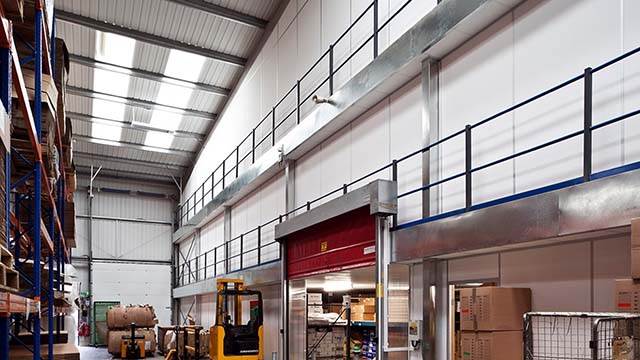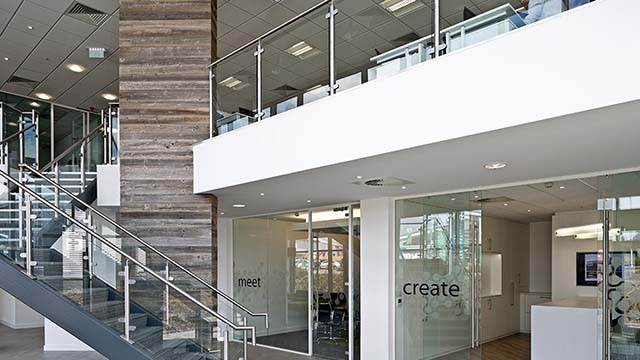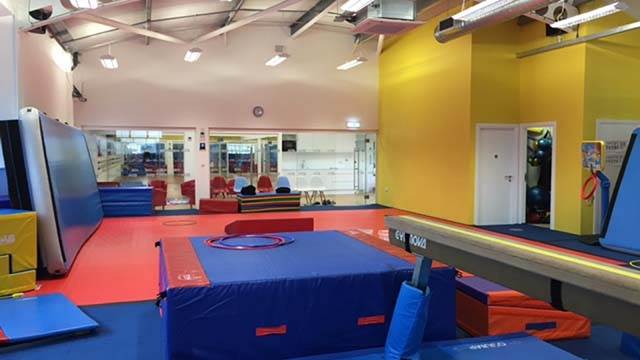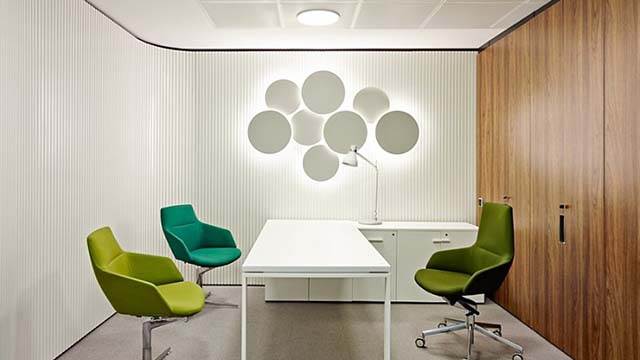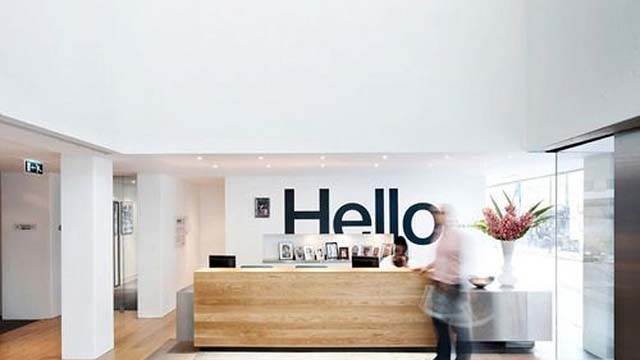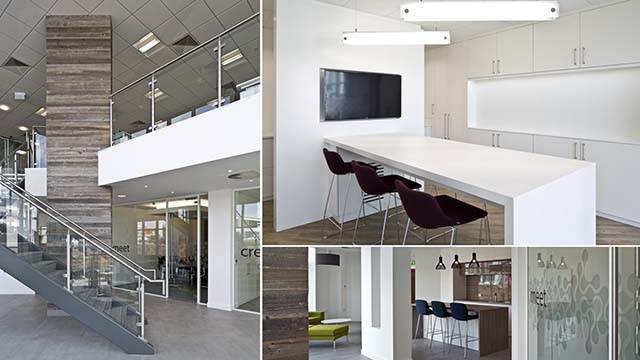- Contact 0870 350 7767
- |
- Advertise
Home > Acorn Partition & Storage Systems > The Most Sustainable Office Fit Out in The World
The Most Sustainable Office Fit Out in The World
 News and PR from Acorn Partition & Storage Systems - Published 12 April 2018
Opened late last year in the City of London, Bloomberg’s new European headquarters has been named the “world’s most sustainable office building”, by its architect, Foster + Partners.
News and PR from Acorn Partition & Storage Systems - Published 12 April 2018
Opened late last year in the City of London, Bloomberg’s new European headquarters has been named the “world’s most sustainable office building”, by its architect, Foster + Partners.
According to Foster + Partners, the building and interior design they created for Bloomberg actually “breathes” in response to weather, consumes 40% less power for lighting and saves or reuses enough water a year to fill 10 Olympic swimming pools. Carbon dioxide sensors can even push fresh air to where the most people are at a given time.
These and other features gave the building an “Outstanding” rating against the BREEAM sustainability assessment method with a score of 98.5%, which is apparently the highest design-stage score ever achieved by any major office development.
So, what makes it so special?
Key innovation highlights include:
Integrated Ceiling Panels, which combine heating, cooling, lighting and acoustic functions in a petal-leaf design. The system, which incorporates 500,000 LED lights, uses 40% less energy than a typical fluorescent office lighting system.
Rainwater from the roof, cooling-tower blow-off water, and grey water sources like basins and showers is captured, treated and recycled to serve vacuum flush toilets. These use net zero mains water for flushing. Overall, water conservation systems will save 25 million litres of water each year.
When the weather is temperate the building’s bronze blades open and close, allowing the building to “breathe” naturally. This reduced the dependency on mechanical ventilation and cooling equipment.
CO2 sensors allow air to be distributed according to the number of people occupying an area of the building at a given time. The ability to dynamically adjust airflow in response to occupancy hours and patterns is expected to save 600-750 MWhr of power a year, reducing CO2 emissions by approximately 300 metric tonnes.
On-site Combined Heat and Power (CHP) generation supplies heat and power in a single system with reduced carbon emissions. Waste heat generated from this process is recycled for cooling and heating and, in use, is expected to save 500-750 metric tonnes of CO2 each year.
These and other features gave the building an “Outstanding” rating against the BREEAM sustainability assessment method with a score of 98.5%, which is apparently the highest design-stage score ever achieved by any major office development.
So, what makes it so special?
Key innovation highlights include:
Integrated Ceiling Panels, which combine heating, cooling, lighting and acoustic functions in a petal-leaf design. The system, which incorporates 500,000 LED lights, uses 40% less energy than a typical fluorescent office lighting system.
Rainwater from the roof, cooling-tower blow-off water, and grey water sources like basins and showers is captured, treated and recycled to serve vacuum flush toilets. These use net zero mains water for flushing. Overall, water conservation systems will save 25 million litres of water each year.
When the weather is temperate the building’s bronze blades open and close, allowing the building to “breathe” naturally. This reduced the dependency on mechanical ventilation and cooling equipment.
CO2 sensors allow air to be distributed according to the number of people occupying an area of the building at a given time. The ability to dynamically adjust airflow in response to occupancy hours and patterns is expected to save 600-750 MWhr of power a year, reducing CO2 emissions by approximately 300 metric tonnes.
On-site Combined Heat and Power (CHP) generation supplies heat and power in a single system with reduced carbon emissions. Waste heat generated from this process is recycled for cooling and heating and, in use, is expected to save 500-750 metric tonnes of CO2 each year.
Other announcements from Acorn Partition & Storage Systems
-
Mezzanine Floors - The options for your commercial interior
Here we advise a selection of mezzanine solutions, which will appeal to businesses of every type, and their individual requirements.
12 Apr 2018
-
How to select a Commercial Interior Design Company - Find a ‘Good Fit’
If you have an important commercial interior design project to complete, then it is essential to find a company who 'fits' your working ethic to a tee.
12 Apr 2018
-
The Little Gym: Behind The Scenes with APSS
Find out about APSS's working relationship with The Little Gym Franchise.
12 Apr 2018
-
Can you boost productivity with office lighting?
Make sure your office environment is at an optimum level to raise productivity up to the roof!
12 Apr 2018
-
Planning a health & safety conscious office fit out
Put the wellbeing of your employees at the heart of your new commercial interior fit out.
12 Apr 2018
-
Your office refurbishment - 5 commercial interior design ideas
If your interior is in need of a refurbishment, it's time to consider something a little different...
12 Apr 2018




